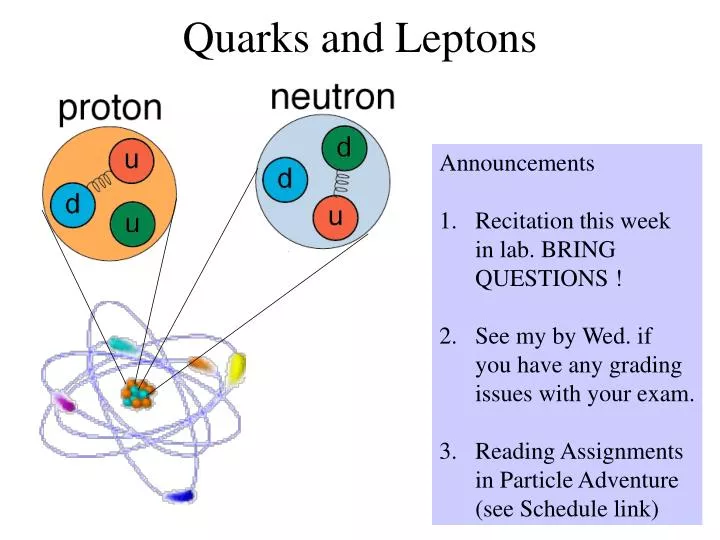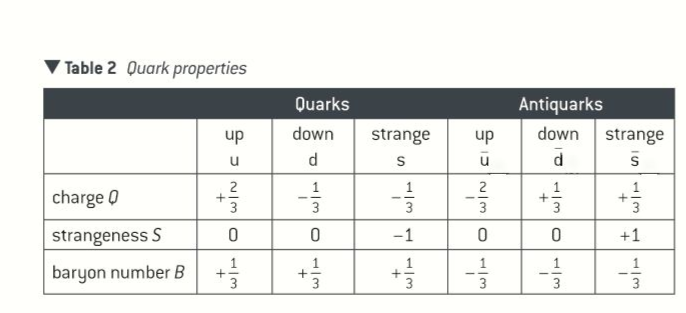

But I quickly thought of a possible explanation for the measurement-a new Higgs boson, in addition to the conventional one we know of, could cause the phenomena seen at BaBar. I hadn’t heard about the BaBar result, probably because at the time it hadn’t attracted much attention. B mesons are particles containing a beauty quark, and they are some of physicists’ favorite particles to study because they decay in a variety of ways that have the potential to reveal new secrets of physics. One of the scientists, an experimentalist named Eugenio Paoloni, asked me what I thought about the new measurements of B meson decays by the BaBar experiment in California, which pointed toward a violation of lepton flavor universality. This ride proved fortuitous.Īs we drove through beautiful landscapes, we chatted about physics.

Fortunately, two of the organizers offered to take me along in their car to Elba. The invitation was on short notice I quickly booked a train to Pisa but missed the conference bus. Though picturesque, the island is not easy to reach. The meeting was being held on the picturesque Italian island of Elba on the Tyrrhenian Sea. I got involved in the business of lepton flavor universality violation about 10 years ago, as a postdoc in Bern, Switzerland, when I was invited to a meeting about the proposed SuperB collider to be built in Tor Vergata near Rome. The E821 experiment and the discovery of mysterious muon behavior happened before my time in particle physics. A measured violation of the Standard Model would be a flashlight pointing the way toward this higher theory we seek. Physicists have proposed a huge number of such extensions, but at most one of these theories can be correct, and so far none of them has received any direct confirmation. Therefore, the Standard Model must be merely an approximate description that we will need to supplement by adding new particles and interactions. The theory doesn’t explain why neutrinos have mass, nor what makes up the invisible dark matter that seems to dominate the cosmos, nor why matter won out over antimatter in the early universe. If particles really were breaking this rule, that would be exciting in its own right and also because physicists believe that the Standard Model can’t be the ultimate theory of nature. If they don’t, then they violate lepton flavor universality-and the unexpected g-factor measurement suggested that’s just what was happening. The rule of lepton flavor universality says that because electrons and muons are charged leptons, they should all interact with other particles in the same way (barring small differences related to the Higgs particle). Muons and electrons are both part of a class of particles called leptons (along with a third particle, the tau, as well as the three generations of neutrinos). The measurement wasn’t what the Standard Model predicted. Things started to change in 2004, when the E821 experiment at Brookhaven National Laboratory on Long Island announced its measurement of a property of the muon-a heavy version of the electron-known as its g-factor. For several decades after the invention of the Standard Model, particles seemed to obey this rule. Here the rule I’m thinking of is called “lepton flavor universality,” and it is one of the predictions of our Standard Model of particle physics, which describes all the known fundamental particles and their interactions (except for gravity). This is true not just in life but also in particle physics. Breaking the rules is exciting, especially if they have held for a long time.


 0 kommentar(er)
0 kommentar(er)
